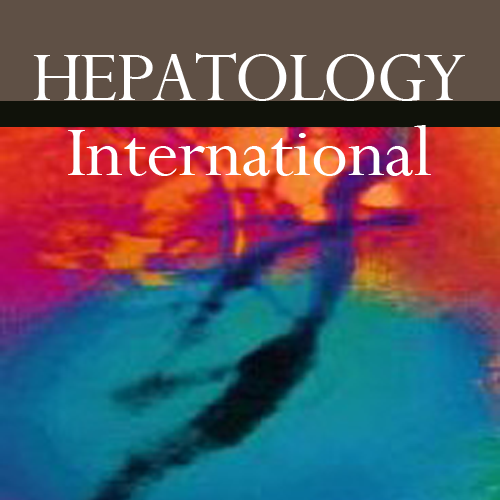Summary
Background
Hepatitis C virus (HCV) infection is a significant health problem. The aim of this study is to evaluate the cost-effectiveness of HCV treatment and estimate its economic burden in Turkey.
Methods
An Excel-based disease progression model was used to estimate the HCV-infected population for 2015-2030. Direct costs in US dollars (USD) including diagnostic, laboratory, and healthcare costs were provided by experts in the country. Indirect costs were estimated as lost productivity using the World Health Organization (WHO) disability-adjusted life years (DALYs) metric from the Global Burden of Disease study. Three scenarios were developed to estimate the cost-effectiveness of HCV treatment through 2030: Base 2016, Increase Treatment and SVR (where SVR is sustained virological response), and WHO Targets. Additionally, the WHO Targets scenario was assessed at three different treatment price points: 10,900 USD, 16,730 USD (base cost), and 27,285 USD.
Results
Cumulative total direct and indirect costs (2015-2030) for the WHO Targets scenario were estimated to be 10.8 billion USD, or a 1.5 % increase compared with Base 2016. However, by the following decade, due to a marked decline in DALYs, cumulative direct and indirect costs were estimated to be 45 % less when compared with Base 2016. At a threshold of 9125 USD, all scenarios were cost-effective.
Conclusions
By implementing the WHO Targets scenario, Turkey would be able to lower HCV prevalence by 80 % and reduce the total number of liver-related deaths by >65 % by 2030. Treating HCV infection in the country is cost-effective if healthcare and indirect costs are taken into consideration.
Countries: Turkey

